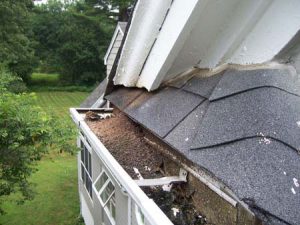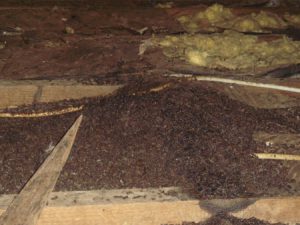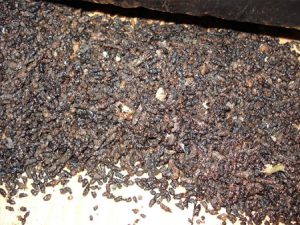FAQ
Here are some helpful answers to some common questions about bats and another nuisance animals.
If you have any questions not covered here, or want to have us come out and remove an animal nuisance, please give us a call today.
FREQUENTLY ASKED QUESTIONS
Bats are excluded from your home or attic through a “Live Bat Exclusion” Process. This is done by a bat professional and proofing your home.
Bat removal is not as easy as setting a trap and relocating the colony. It is important to be meticulous when doing bat removal because the bats can fit through tiny little openings. Because of that, there is a lot of labor, materials, and patience involved. Price will vary home to home depending on the number of repairs required and the toughness of the job. The number of bats you will not determine the price because all bat exclusions are done the same way no matter if your colony is small or large. Looking for an idea or range of price visit the cost helper. We can give you an estimated range over the phone and a precise estimate will have to be given once we inspect your home. Inspections start at $100 depending on distances.
After an inspection is completed a contract will be written for the homeowner to sign after which work will begin. It takes 5 days to a week for bats to be gone Please call us for further details.



